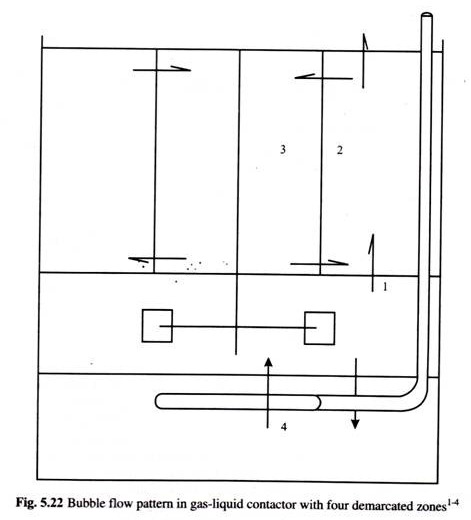ADVERTISEMENTS:
In this article we will discuss about the function of stomach.
1. Temporary storage organ:
It acts as a temporary storage organ. Because of this, the frequency of eating is reduced.
ADVERTISEMENTS:
2. Secretory function (Fig. 5.9):
It secretes HCl and pepsin apart from other things including mucus. The G cells of pyloric region secrete gastrin hormone which is one of the GI tract hormones.
3. Digestive function is because of pepsin enzyme. It is a proteolytic enzyme.
ADVERTISEMENTS:
4. Protective function is because of high acidic medium due to presence of HCl, many of the microorganisms die. Thereby it protects the GI tract from getting invaded by the microorganisms.
5. Hemopoietic function is because of the intrinsic factor which is secreted by gastric glands. Intrinsic factor is essential for absorption of vitamin B12 in the ileum region.
6. Absorptive function is also one of the functions of stomach. Some amount of water and alcohol is absorbed in the stomach region.
Motor Functions of Stomach:
The movement of stomach serves important objectives namely:
1. It enables the stomach to act as a temporary reservoir of food.
2. The movements of stomach converts solid food into a fluid paste called chyme and delivers this in small quantities to duodenum for proper digestion in small intestine.
Anatomical basis of gastric motility:
The movement of stomach depends on the arrangement of smooth muscle in the wall.
ADVERTISEMENTS:
ADVERTISEMENTS:
The arrangement is as follows:
a. Outer longitudinal muscle layer.
b. Inner circular muscle layer.
ADVERTISEMENTS:
c. Oblique muscle which is inner to the circular muscle layer and restricted to upper part of stomach.
d. The muscularis mucosa present in the submucosa.
All the muscles are supplied by vagus and sympathetic fibers.
Innervation of Stomach:
ADVERTISEMENTS:
Parasympathetic:
It is through the right and left vagi. The preganglionic fibers arise from the dorsal motor nucleus of vagus in medulla. The ganglia are found in myenteric and submucosal plexus. Postganglionic fibers are very short and supply mucous membranes, gastric glands and muscles.
i. Left vagus supplies anterior aspect of stomach
ii. Right vagus supplies posterior aspect of stomach
ADVERTISEMENTS:
iii. The efferent fibers are secertomotor to the stomach. Vagus also contains afferent fibers which carry afferent impulses from the stomach to the medulla.
Stimulation of efferent vagi supplying the stomach increases the volume of gastric secretion which is rich in HCl, pepsinogen and also increases the contraction of the gastric muscles. This enhances the peristaltic contractions in stomach and hence emptying of the contents of stomach.
Sympathetic nerve supply are from lateral horn cells of T5-T10 segments of spinal cord. These are preganglionic fibers. Few of them synapse in the ganglia of the sympathetic chain while most of them synapse with cells of celiac ganglion. The postganglionic fibers accompany the arterial supply to the stomach.
Effects of sympathetic stimulation on gastric secretion are not definite. Indirectly, it diminishes gastric secretion by reducing blood flow by bringing about vasoconstriction. It is also known that sympathetic stimulation causes an increased alkaline mucoid secretion from the glands. Like vagus sympathetic nerves also carry efferent and afferent fibers to and from the stomach.

